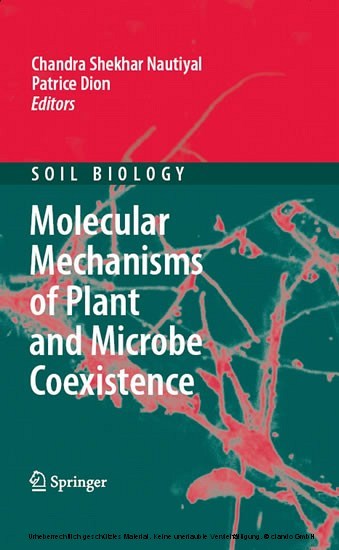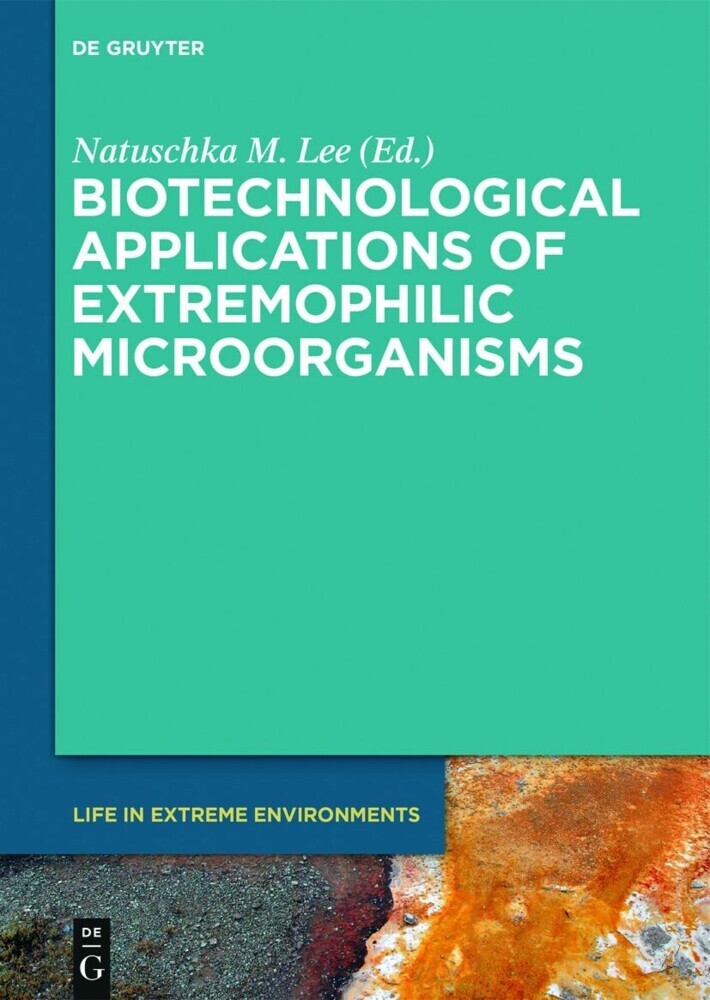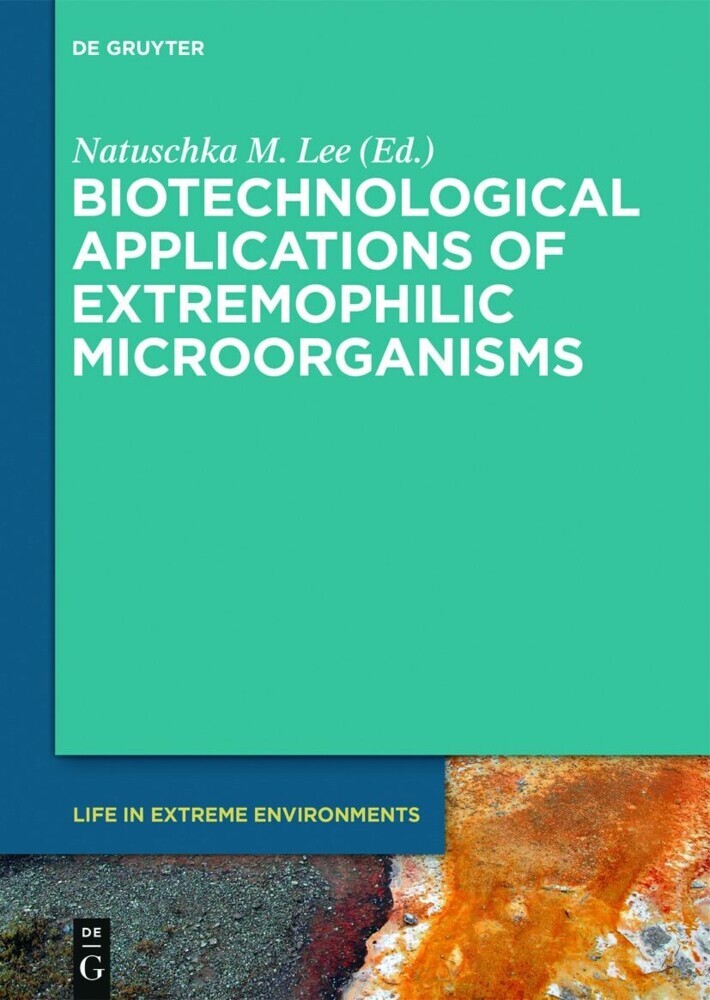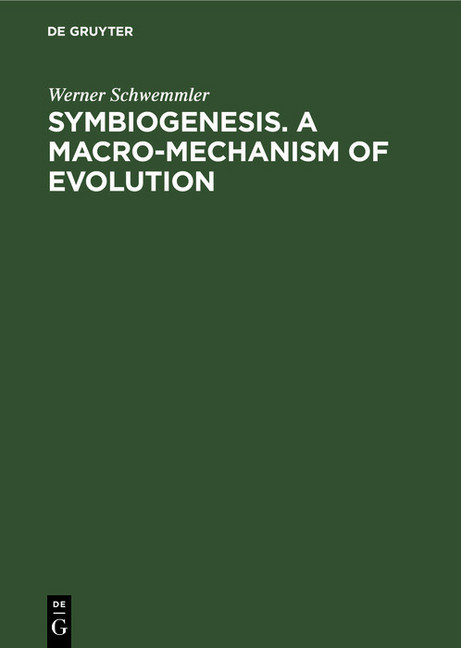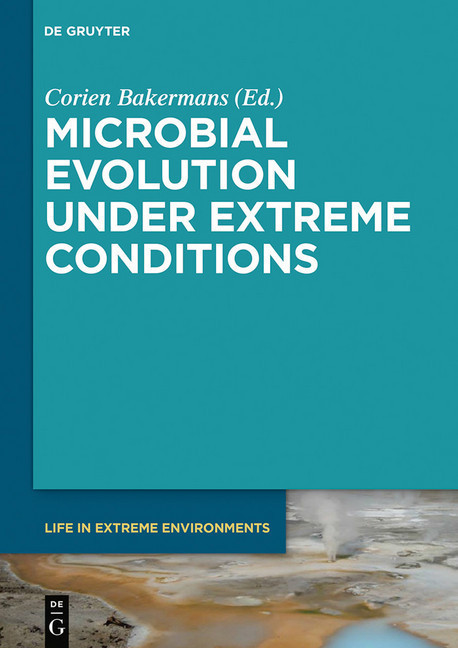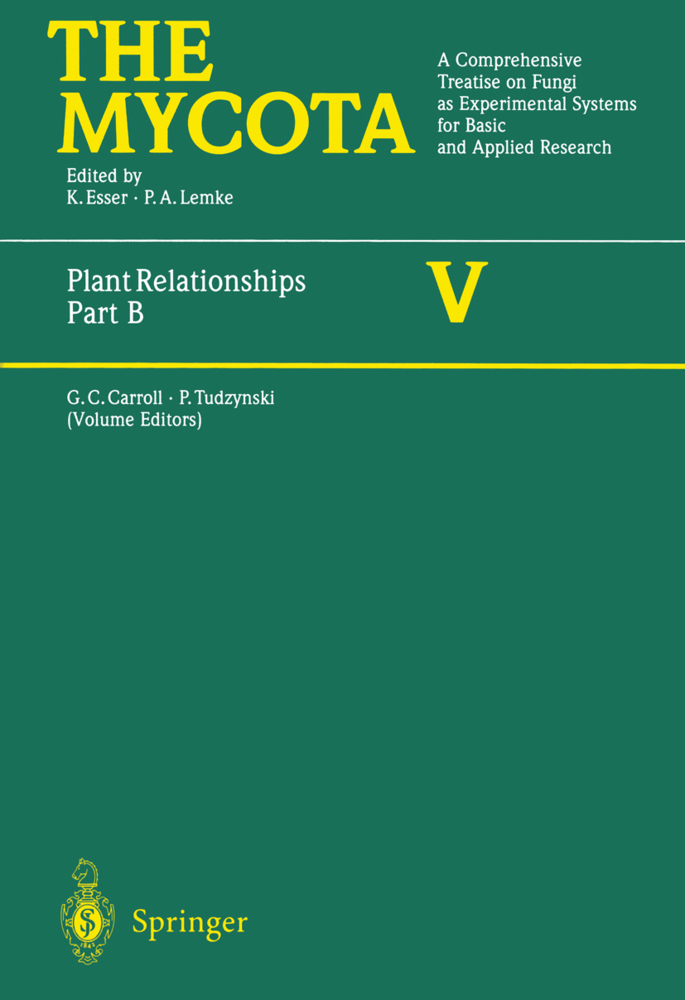Molecular Mechanisms of Plant and Microbe Coexistence
Molecular Mechanisms of Plant and Microbe Coexistence presents studies on the complex and manifold interactions of plants and microbes at the population, genomics and proteomics level.
The role of soil microbial diversity in enhancing plant health and plant microbe beneficial symbioses is discussed. Microbial communities are shown in the light of evolution. Main topics include genome coexistence and the functional genomics and proteomics of plant-associated microbes, which could form the basis for new environmentally benign strategies to combat infectious plant diseases and regulate plant growth. Further chapters focus on the role of signaling during the different stages of plant microbe coexistence, in symbiotic or pathogenic relationships, in quorum sensing and plant viral infections. Methods for studying the interactions in the root zone complement the book, which will certainly be of relevance in the practical application to agriculture, food security and for maintaining the balance of our ecosystems.
1;Foreword;7 2;Preface;9 3;Contents;13 4;Contributors;15 5;Coexistence Between Populations;20 5.1;Plant Associated Soil Micro-organisms;21 5.1.1;1.1 Micro-organisms of the Rhizosphere 1.1.1 The Rhizosphere;21 5.1.2;1.1.2 Fungi: Symbionts, Saprotrophs, Pathogens;22 5.1.3;1.1.3 Plant Beneficial Bacteria;24 5.1.4;1.1.4 Protozoa;28 5.1.5;1.2 Organismic Interactions 1.2.1 Microbe- Microbe Interactions;29 5.1.6;1.2.2 Plant Microbe Interactions;34 5.1.7;1.2.3 Tri-Partite Interaction: Mycorrhizas and Helper Bacteria;42 5.1.8;1.2.4 Role of Micro-organisms in Weathering;46 5.1.9;1.3 Chemical Ecology of the Rhizosphere 1.3.1 Endophytic Organisms as Sources of Bioactive Secondary Metabolites;46 5.1.10;1.3.2 The Roles of Streptomycetes in Plant Pathogenesis and Symbiosis;48 5.1.11;1.4 Concluding Remarks and Future Prospects;51 5.1.12;References;54 5.2;Role of Microbial Diversity for Soil, Health and Plant Nutrition;70 5.2.1;2.1 Introduction;70 5.2.2;2.2 Soil Microbial Diversity;71 5.2.3;2.3 Evolution of Farming;72 5.2.4;2.3.1 Present and the Future Scenario;73 5.2.5;2.4 Carbon Flow into Agro- and Natural Ecosystems;74 5.2.6;2.4.1 Increase of Greenhouse Gases and Climatic Change;75 5.2.7;2.4.2 Increasing Carbon Sequestration in Soils;77 5.2.8;2.5 Nitrogen Fixation Through Soil Microbes;78 5.2.9;2.6 Effect of GE Crops on Microbial Diversity;80 5.2.10;2.6.1 GE Crops Exuding Specific Molecules into Rhizosphere and Possibilities of Enhancing Microbial Cooperation;82 5.2.11;2.7 Genetically Engineered Bio-control Agents;83 5.2.12;2.8 Conclusions and Outlook for the Future;85 5.2.13;References;86 5.3;Reconstructing Soil Biology;92 5.3.1;3.1 Introduction;92 5.3.2;3.2 Postulated Origin of Land Colonization in Sulfide- rich Springs;94 5.3.3;3.3 The Advent of the Cyanobacteria;95 5.3.4;3.4 Biogeochemical Cycling Based on Microbial Phototrophic Inputs;97 5.3.5;3.5 Factors Involved in the Establishment of Mutualistic Symbioses;98 5.3.6;3.6 The Symbiotic Continuum;100 5.3.7;3.7 Microsymbiotic and Macrosymbiotic Factors Shaping Interactions;102 5.3.8;3.8 The Evolution of Symbionts and Hypersymbionts;103 5.3.9;3.9 Evolution and the Persistence of Environments;105 5.3.10;3.10 The Heterotrophization of Soil Microbial Life;106 5.3.11;3.11 Conclusions;106 5.3.12;References;108 5.4;Rhizosphere Colonization: Molecular Determinants from Plant- Microbe Coexistence Perspective;115 5.4.1;4.1 Introduction;115 5.4.2;4.2 Genetic Regulation of Plant-Microbe Association;116 5.4.3;4.3 Genomics and Proteomics of Plant-Microbe Coexistence;120 5.4.4;4.4 Strategies to Enhance Plant-Microbe Coexistence;130 5.4.5;4.5 Concluding Remarks and Future Prospects;132 5.4.6;References;133 5.5;Belowground Mycorrhizal Endosymbiosis and Aboveground Insects: Can Multilevel Interactions be Exploited for a Sustainable Control of Pests?;140 5.5.1;5.1 Introduction;140 5.5.2;5.2 The Effect of Aboveground Herbivory on AM Symbiosis;143 5.5.3;5.3 The Effect of AM Symbiosis on Plant Direct Defences Against Herbivore Insects;145 5.5.4;5.4 The Effect of AM Symbiosis on Plant Indirect Defences Against Herbivore Insects;148 5.5.5;5.5 Signal-Transduction Pathways Involved in Plant Response to AM and to Herbivore Insects;150 5.5.6;5.6 New Tools in the Study of Multitrophic Interactions;153 5.5.7;5.7 Towards a Multilevel Approach of Pest Control in Agriculture;156 5.5.8;5.8 Synthesis and Future Directions;158 5.5.9;References;161 6;Coexistence Between Genomes;168 6.1;Evolutionary Genomics: Linking Macromolecular Structure, Genomes and Biological Networks;169 6.1.1;6.1 Introduction;169 6.1.2;6.2 Evolutionary Genomics, Networks and Systems 6.2.1 The Genomic Revolution;171 6.1.3;6.2.2 Phylogenomics;172 6.1.4;6.2.3 Network Biology: Understanding the Wiring Diagram of Life;172 6.1.5;6.2.4 Molecular Mechanics and Evolution;174 6.1.6;6.3 Defining an Evolutionary Genomic Framework;175 6.1.7;6.4 Exploring the Evolution of Modern RNA 6.4.1 Diversity of Non- protein Coding RNA;176 6.1.8;6.4.2 Phylogenetic Analysis o
Nautiyal, Chandra Shekhar
Dion, Patrice
| ISBN | 9783540755753 |
|---|---|
| Artikelnummer | 9783540755753 |
| Medientyp | E-Book - PDF |
| Auflage | 2. Aufl. |
| Copyrightjahr | 2008 |
| Verlag | Springer-Verlag |
| Umfang | 491 Seiten |
| Sprache | Englisch |
| Kopierschutz | Digitales Wasserzeichen |

